
Fixings
Wood Fixings |
|
| Wood screws | Wood screws are produced in a range of materials, finishes, head shapes, thread types,lengths and thicknesses. |
| Countersunk - csk. The standadrd wood screw usually with a slot head. These screws are not plated and are only made from mild steel - they corrode easily. | 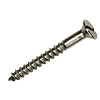 |
| Round head - often black japanned (painted black) made from steel. This screw is in brass. | 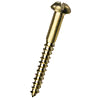 |
| Twin-thread Chipboard screw with a pozidriv head. These screws are normally bright galvanized. |  |
Brass countersunk - usually brass screws are used for their decorative effect but they are particularly resistant to corrosion even seawater! |
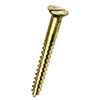 |
| Catches | Catches are used to keep doors closed. |
| Magnetic catches. There are two parts - the catch which contains a powerful magnet and the counterpiece which is a piece of steel with a screw hole for fixing to the door | 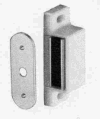 |
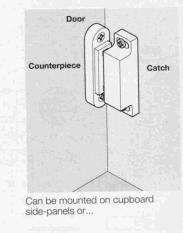 |
The counterpiece is a steel plate usually fixed to the door. The magnetic catch is fixed to the carcase |
| Ball Catches. There are two parts to the catch. The catch contains two sprin operated steel balls. The conterpeice pushes the balls apart and then grips on. | 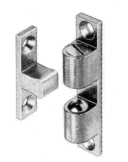 |
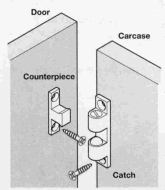 |
The counterpiece is fixed to the door and the catch is fixed to the carcase. Countersink screws are used to fix the parts. |
| Hinges | Used to enable doors and box lids to be opened and closed precisely. |
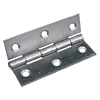 |
Steel butt hinge. Has to be cut in to give a neat fit. |
| Flush hinge. Surface mounted - easy to fit with csk screws. | 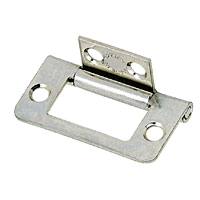 |
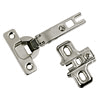 |
Concealed hinge. Used on kitchen doors. Adjustable. |
Metal Fixings |
Nuts & Bolts - are used to join a wide range of materials. Thread sizes are usually metric and range from M3 to M12 in school workshops. A bolt can be used without anut if an internal thread is cut into the material with a tap. Bolts and screws are made with a wide range of heads to be turned with a spanner or a screw driver. The head can be countersunk so that it finishes flush with the surface or it can have a head which is proud of the surface - cheese head, pan head dome head, hex head, allen key head. Machine screws have the thread all the way up. |
Nuts - Wingnuts are designed to be done up and undone by hand. This is particularly useful for maintenance. Square nuts and bolts are not often used. They are easy to undo with a wrench however. Often used in the workshop to bolt the vices down to the bench. Used in assemblies where the square nut is trapped against a moulded part. |
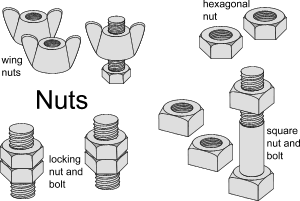 |
Hexagonal Nuts The most common nut is the hex nut which has six sides. Most spanners are designed to be used with hex nuts. In the photograph hex nuts are being used on a hex bolt and on two pan-head screws. |
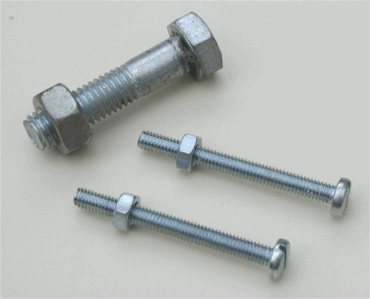 |
Nyloc Nuts Nyloc nuts have a piece of nylon trapped in a dome on the top of the nut. This prevents the nut from vibrating loose as the nylon thread, which is cut as the nut is tightened, grips the bolt. |
|
Washers Washers act as spacers, to spread the force, to protect the surface. They are also used to stop the nut or bolt working loose by increasing the grip between the mating surfaces. Tab wahers have the tab folded - one up one down - to lock the nut against a projection. |
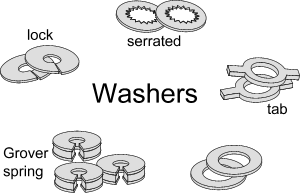 |
Locking nuts Two nuts can be used to lock into position. As one is tightened against the other neither will move. An example of this in use is on the pillar drill depth stop. |
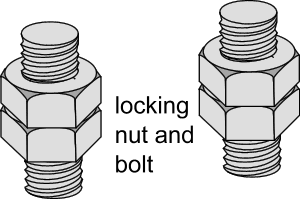 |
Rivets Rivets are a more permanent method of joining materials together. A head is formed on both sides of the materials being joined. Traditional rivets have the blank end hammered over and formed into the second head using a rivet set. These rivets are usually either countersunk or dome head and made from mild steel or aluminium (also copper). Pop rivets are a modern alternative developed for the aero-space industry where it was difficult or impossible to get to the blank end of the rivet. Pop rivets are put in place with a pop rivet gun.
|
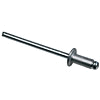 |
|
